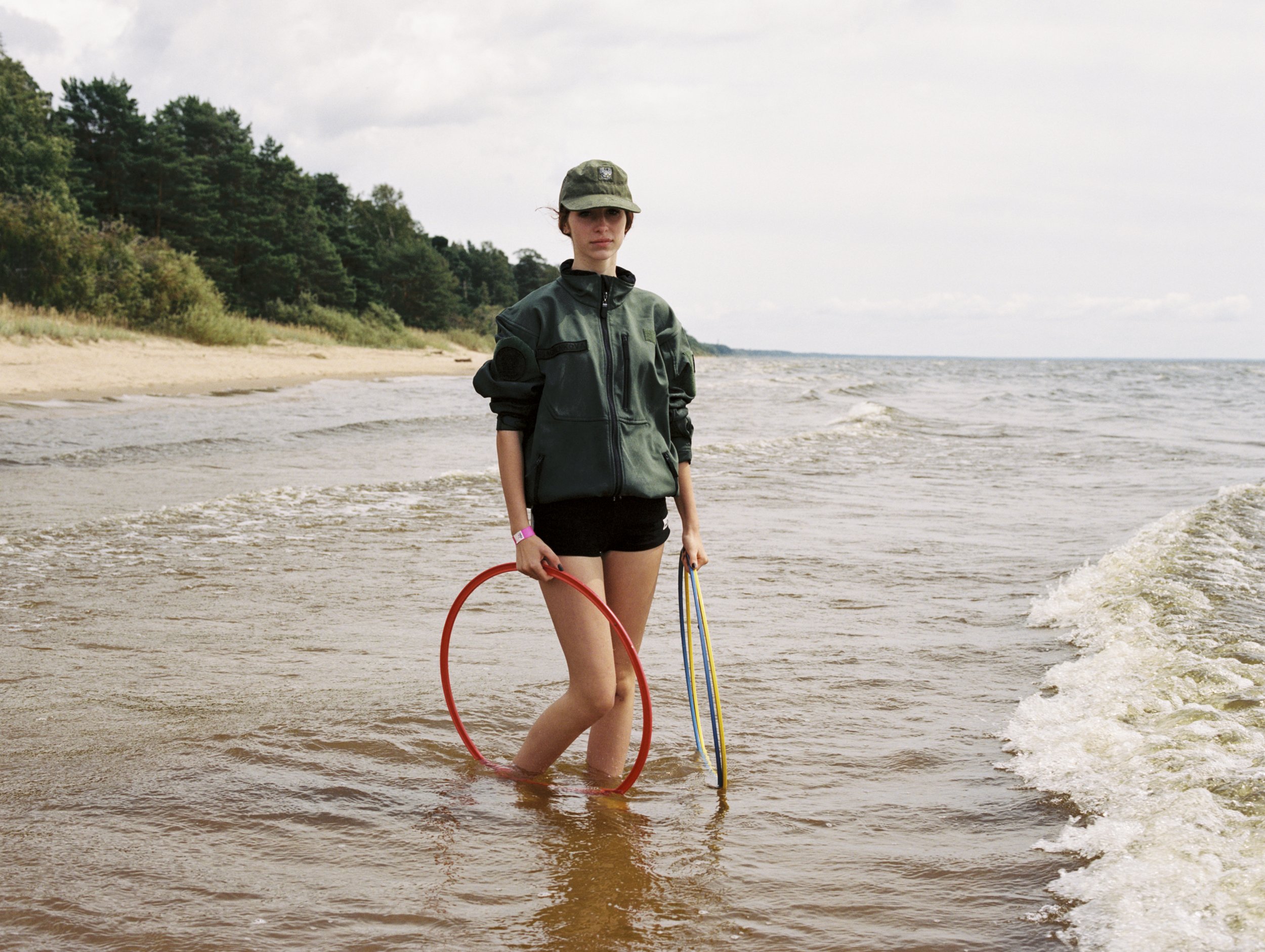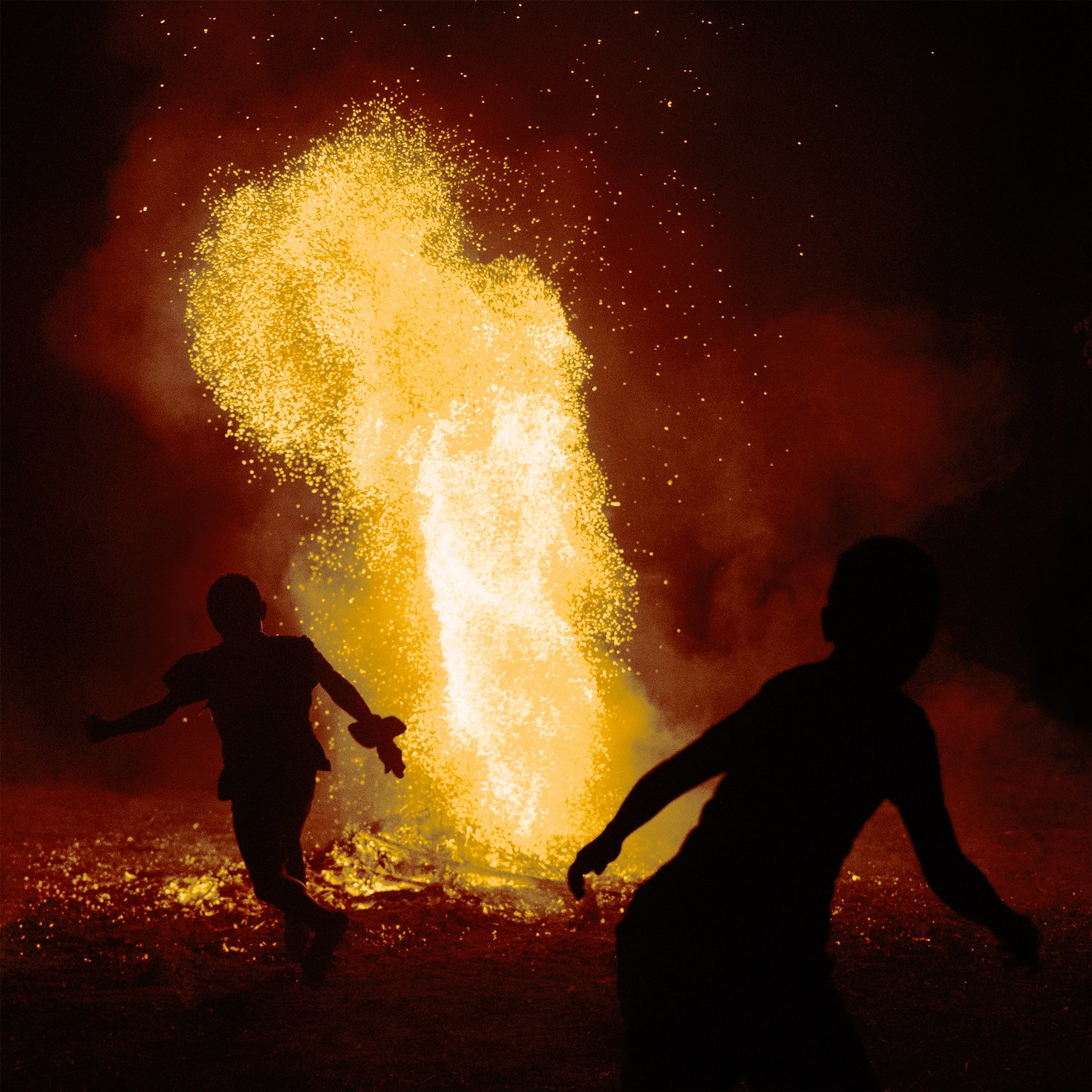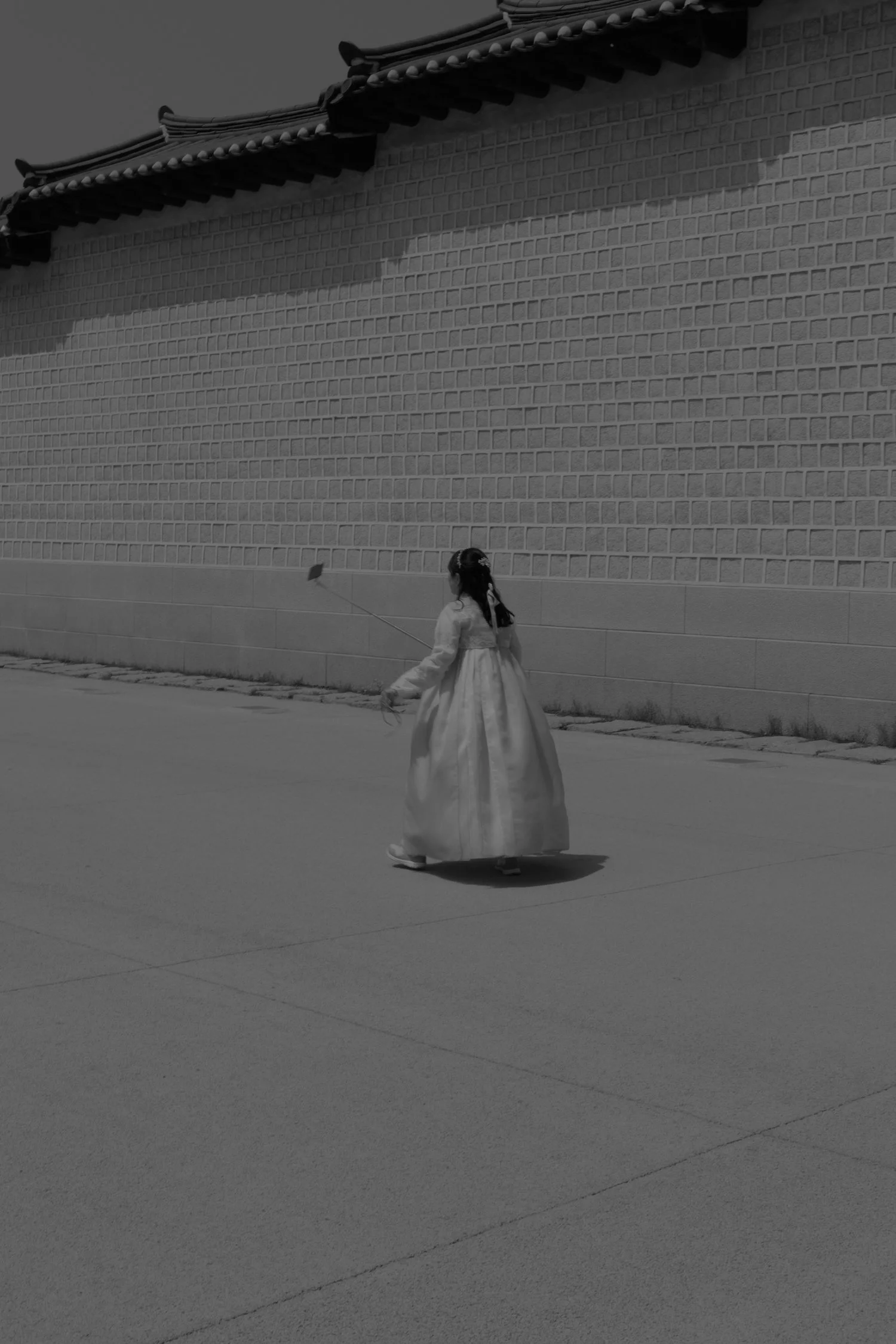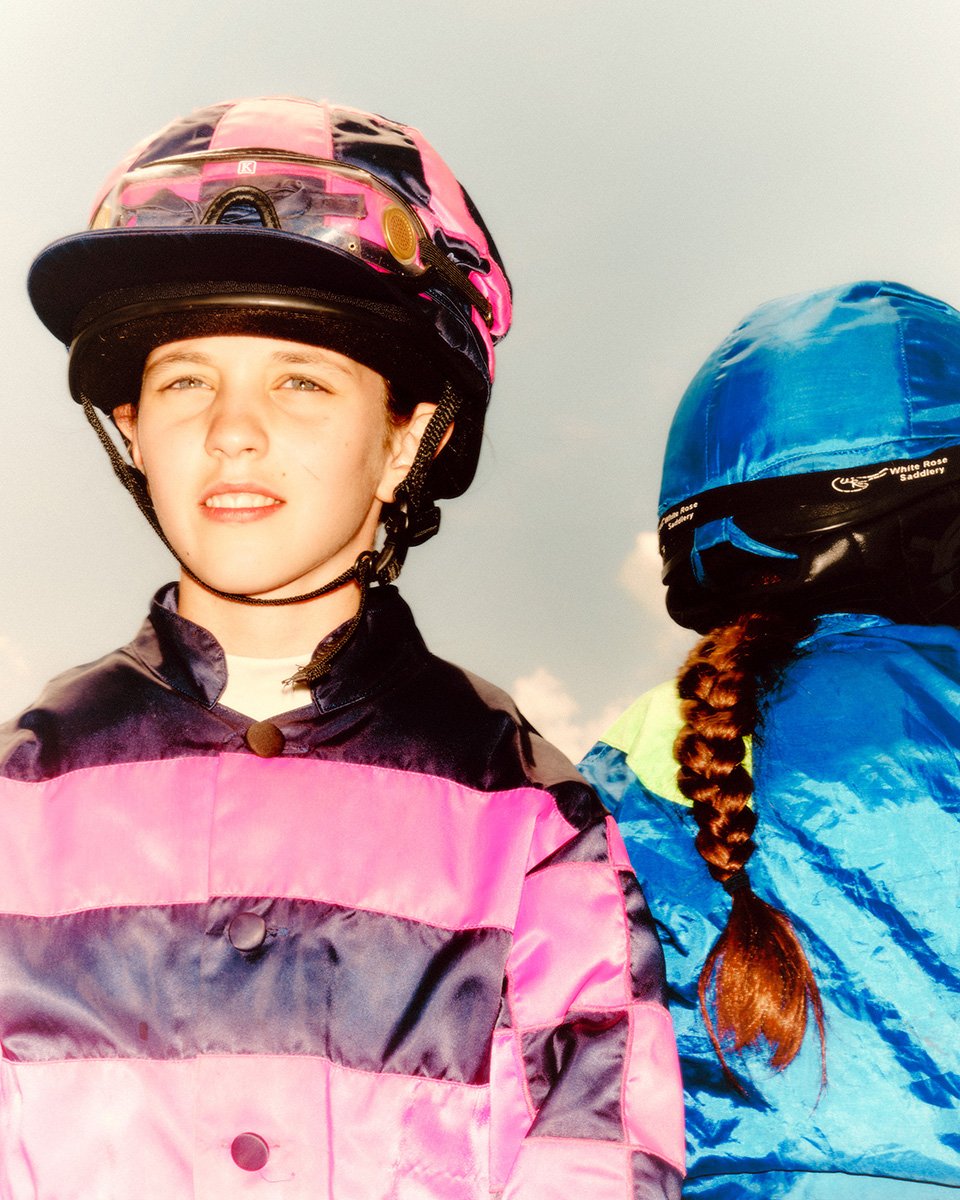The Color Line
Terrence Burford-Phearse is an artist, independent curator and writer living in New York. His practice investigates early African American photography and how this relates to the current issues surrounding the Black male body.
Interview Sufiyeh Hadian, Photography Terrence Burford-PhearseTell us about your work.
Most of my work is research-led and that came from several reasons; one being a historical context or issue based in history and I like to make a contemporary analysis stemming from something like that. One thing I’m into is dismantling chronocentrism; the idea that certain time periods particularly the present are better frames of reference about how we should move on and evolve as a society. For instance, for my Color Line project, I didn’t want it to look like those issues being faced now for the men of today are new, especially coming out of the time period where I was doing the research, during the George Floyd protests and when race relations globally were erupting. I didn’t want to only focus on that, hence me looking back at this archive and saying ‘look, this isn’t new at all.’
You have been working on a photography book – The Color Line. Please tell us more about this project.
It is a project I worked on for my MA dissertation that ran in parallel to the written document. Looking at different curatorial methods within my research and doing things that go back to the chronocentrism, it started as looking at an archive that creating a contemporary project that references W.E.B Dubois’ 1900 Paris Exhibition, where I created a new set of images and I used a series of texts and ethnography to give voices to the subjects that I was working with and also still using Dubois’ infographics as a reference point to the things he was trying to come back to at the turn of the century in race relations.
What do you think of the current state of representation for people of colour?
I think it feels in a way that we’re experiencing a renaissance, I do think there’s more representation now but I don’t think it’s all the way there yet at all. At times, it does feel forced, especially coming out of bigger institutions because I don’t think representation begins and ends with ‘who is on the gallery walls, who is in front of the camera’ and all those things. I would also argue there needs to be a lot more institutional perspectives for people of colour inside, making decisions as opposed to being outward facing.
Rather than fitting into a white palette, it’s about introducing their own experiences?
Exactly, through authoring their own experiences. It doesn’t take much to say ‘hey let’s put a black model on the front cover of Vogue this month.’ it takes much more than that. I think it’s equally important to have representation in higher levels of institutions.
“It doesn’t take much to say ‘hey let’s put a black model on the front cover of Vogue this month.’ It takes much more than that. ”
So as you said, for example; it’s not about Vogue using a black model on the front cover, it needs to have a black photographer shooting her, narrating the story. Otherwise, again, it just feeds into the white gaze?
Yes, exactly.
Would you say your work is an avenue of activism?
Yes but not necessarily. I think the word activism has a connotation to it like it’s championing for something. Whereas I think my work I look at it to be honest from more of an educational stand point, because that’s what I want to do. Education is quite important to me, and not necessarily academic education, I mean just learning. As an early-stage artist, I’m making work about things that I had wish I had known about before, whether that might be pushing back at earlier education – from middle school and high school, things I had wish I learned about like decolonising the textbooks, and our curriculum and decolonising the white gaze. That’s what I’m most interested in and if that’s a form of activism, because it’s not the intention, it’s more about education.
How does your background in fashion lend itself to your portraiture?
It’s there, it’s something that I wanted to run away from at first but it’s a part of my work. I had a shoot right before I left London and I found myself styling and making sure everything is perfect when I’m framing the subject. It might be more of a technical thing, because I remember when I was working with big name photographers, I would always be running to the set to fix something before they hit the shutter. And equally as a photographer, I still have the skills I used when I was a fashion editor, making sure everything is just right. So that early training is still there. Though I don’t want to do full-on editorial type shooting, at all.
There’s a real vulnerability and authenticity to your work, what can you tell us about the process of your work?
I try to find a vulnerability in the subject, especially as I’m photographing black, queer men. For such a long time, the work has been centered around queerness, and whiteness to be honest, looking back over the years. So, I want to bring life especially to black men being tender and not as stereotypically masculine, I want to tear down those constructs in the work I do. That’s why you also see some juxtapositions like du-rags but the subject looking quite open and vulnerable and soft.
“I try to find a vulnerability in the subject, especially as I’m photographing black, queer men.”
How do you make your subjects feel comfortable?
I think it's my personality to be honest, and I don’t always shoot strangers necessarily. I meet someone and I try to build a rapport with them over weeks leading up to shooting them so that they feel comfortable and confident in the ways in which we make work. I look at it as more of a collaboration and give them as much agency in the way that they pose, I don’t tell them what to do. I try to get to know the people I work with.
What do you enjoy most about what you do?
I just really enjoy creating work for people to see and learn from. I enjoy the process; I enjoy putting other perspectives out for once. I feel like I have control over the work I do – and maybe that’s also why I left the fashion industry.
I find I have a bit more control and a voice. A few years ago, I would never have thought I’d be at the point I am now. This is like a snapshot of what I’ve been doing over the past 3-4 years only ramped up within the last year and a half. The first year and a half I was still going through the motions and trying to figure things out and now everything has just shifted since studying for my degrees.
There’s definitely power in knowledge.
That’s it. I remember telling people I was going to university and a lot of people were just like ‘you don’t need to do that.’ I’m always hearing that, and I always feel like answering; first off, don’t tell me what I need or don’t need, and secondly, I couldn’t imagine doing what I’m doing now having not done those two degrees.
“It inspires me to take control of my own narratives.”
Whom or what would you say inspires you?
I’d say it’s more of a what, rather than a whom. What inspires me is to create conversations, like I said before, it inspires me to take control of my own narratives. A lot of referencing from art history, as a photographer, there's an idea you have to have all this technical competence, but I would rather have competence in references from art history and from movements, things that have happened in the past. It inspires me to keep making work and to keep my eyes over things and movements that are happening now.
What’s next for you?
What I would really like to do is to do some artist residencies, to have the space just for me to create and make work. I’m continuing work on my Color Line project in different chapters now that I’m back in New York, I’m hoping to make work that will add to it. That was like my London chapter, and I want to span it over the next few years.
About Terrence
Terrence Burford-Phearse is an artist, independent curator and writer living in New York. He graduated from the University of Westminster with an MA in Documentary Photography and Photojournalism with Distinction in 2019, and from Central Saint Martins with an MA in Culture, Criticism and Curation with another Distinction in 2020. His practice investigates early African American photography and how this relates to the current issues surrounding the Black male body. He is currently a photography editor at Musee magazine and a former fashion editor at Glamour US and assistant at American Vogue.
Terrence is currently looking for funding for his self-published project ‘The Color Line’.
You can see more of Terrence’s work on his website or follow him on Instagram





















